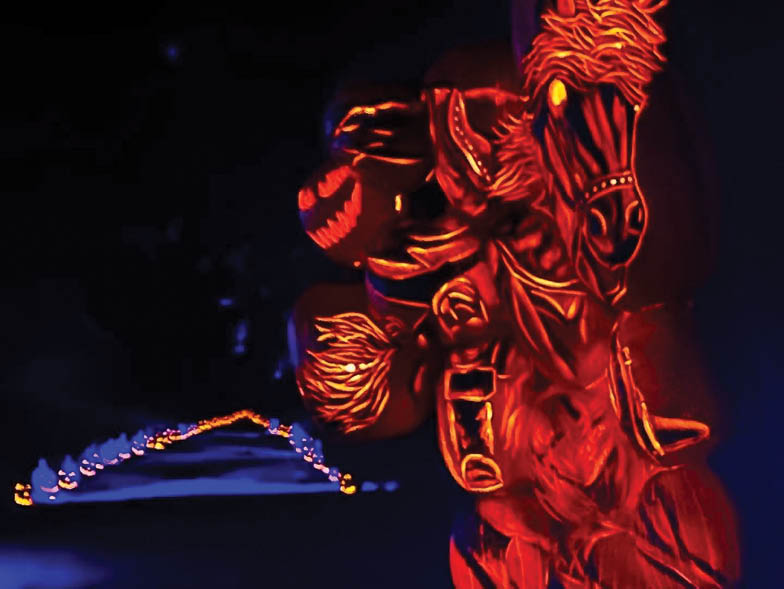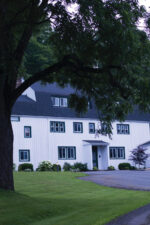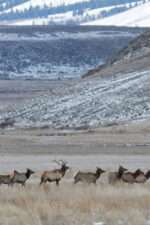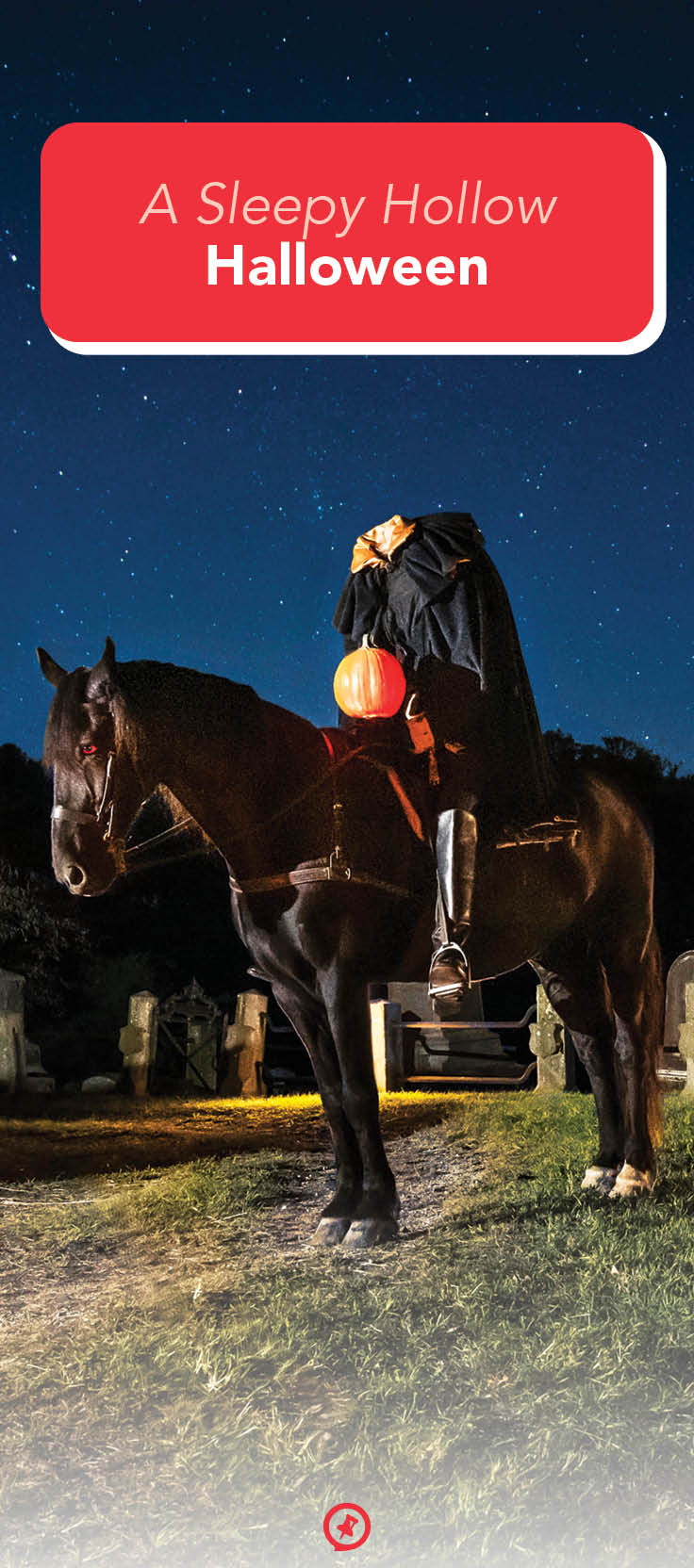A Sleepy Hollow Halloween
Photography as noted
When famed American writer Washington Irving published “The Legend of Sleepy Hollow,” he didn’t actually reside in the titular New York village—or the United States, for that matter.
Rather, he composed his most well-known work while living in England. But the Tarrytown area of the Hudson Valley, which he had visited decades earlier, couldn’t easily be forgotten. And it inspired a work of classic literature.
You, too, will be inspired and charmed when you visit Sleepy Hollow and its surrounding villages, especially during autumn.

The history of Sleepy Hollow
The land on which this village sits was originally named Philipsburg in honor of the lord who owned the 52,000-acre plot, and the manor within it, during the seventeenth century. It was renamed North Tarrytown in 1883 as a sister village to Tarrytown, which lies less than a mile south.
At the start of the twentieth century, General Motors opened a plant in North Tarrytown, thus attracting an influx of workers and wealthy residents. However, by the end of the century the plant was on the verge of closing, leaving the town in financial peril. To draw interest from visitors and stave off ruin, the town embraced what it had long been known for and officially renamed itself Sleepy Hollow in 1996.
Located only twenty-five miles north of New York City, the village is easy to drive or even take the train to if you’re touring the Big Apple. When you visit, don’t be surprised by the area’s modest size. Sleepy Hollow takes up only a two-mile stretch of land along the Hudson River, which makes it the perfect day trip or weekend getaway.

Mansions, manors, and more
One of the most striking aspects of this Empire State enclave is how rife it is with elegant historic homes. No trip here would be complete without touring at least a few of them—just make sure to check each site’s schedule for its end-of-season date so you don’t miss out.
Kykuit
Get an inside look at Kykuit, the former home of one of America’s most famous families, the Rockefellers. With an impressive 36,000 square feet and forty rooms, you can easily make a day of touring and snapping photos of this estate, the name of which appropriately means “lookout” in Dutch.
Philipsburg Manor
Step back in time to the eighteenth century with a visit to the former headquarters of the Philipsburg estate. This living history museum teaches you about how life was back then for the Dutch colonists, slaves, and American Indians residing in the manor together.
Lyndhurst Mansion
This stunning example of Gothic Revival architecture in Tarrytown can be visited through the end of the year, but a special Halloween event, Lyndhurst After Dark, is not to be missed. Only occurring on October 19–22 and 26–30, it’s a prime opportunity to tour the mansion by candlelight.
Sunnyside
Appropriately located in Irvington, a village about fifteen minutes south of Sleepy Hollow, stands Washington Irving’s estate, Sunnyside. Here you can view many of Irving’s belongings and learn more about how he designed his home from the ground up. For Halloween, special events surrounding “The Legend of Sleepy Hollow” are offered, including a one-man performance of the story.
Armour-Stiner House
This unique example of Victorian architecture, also located in Irvington, earns its well-known moniker, the Octagon House. Various tours of this one-of-a-kind domed home are available, but reservations are required since it’s privately owned.

A Halloween haven
Of course, who wouldn’t want to visit Sleepy Hollow and its surrounding area in October? And the villages don’t disappoint. With several historic sites and Halloween-themed events to experience, you’ll be sure to get goosebumps no matter which you choose.
Old Dutch Church and Burying Ground
Built in the seventeenth century, this church is a primary setting in “The Legend of Sleepy Hollow,” its grounds serving as the spooky realm of the Headless Horseman. In real life, it is a National Historic Landmark and the final resting place for some of the people who inspired Irving’s story. As a bonus, it’s only a ten-minute walk from the equally interesting Sleepy Hollow Cemetery.
Sleepy Hollow Cemetery
For a village that only recently topped 10,000 residents, it’s impressive how many well-known historical figures are buried here. In addition to Irving’s plot, you can also find those of cosmetics guru Elizabeth Arden, automobile company founder Walter Chrysler, industrial tycoon Andrew Carnegie, and several members of the Rockefeller dynasty.
Headless Horseman Bridge
As the name indicates, this is the bridge—actually, a newer replacement built to honor the story—that was a key setting in Irving’s tale. When you stand on it, you can almost hear the ominous hooves of the ghostly rider’s steed as it chases Ichabod Crane.
Must-see events
The area’s most dazzling Halloween experience by far is the Great Jack O’Lantern Blaze, a spectacular display that takes place about fifteen minutes north at Croton-on-Hudson’s Van Cortlandt Manor. Keep your cameras handy since the Blaze features over 7,000 illuminated, handcrafted pumpkins spread across the eighteenth-century property.
Tarrytown also hosts an annual Halloween parade that’s worth witnessing for the sheer spectacle of it all, which includes an appearance by none other than the Headless Horseman himself. Block parties and street fairs also abound in the Sleepy Hollow area during this time of year.
Perhaps more than any place in America, the village of Sleepy Hollow is associated with pumpkins, legends, and Halloween, making it an ideal haunt for history buffs, literature lovers, and nature enthusiasts alike.
For more info, visit hudsonvalley.org or visitsleepyhollow.com































